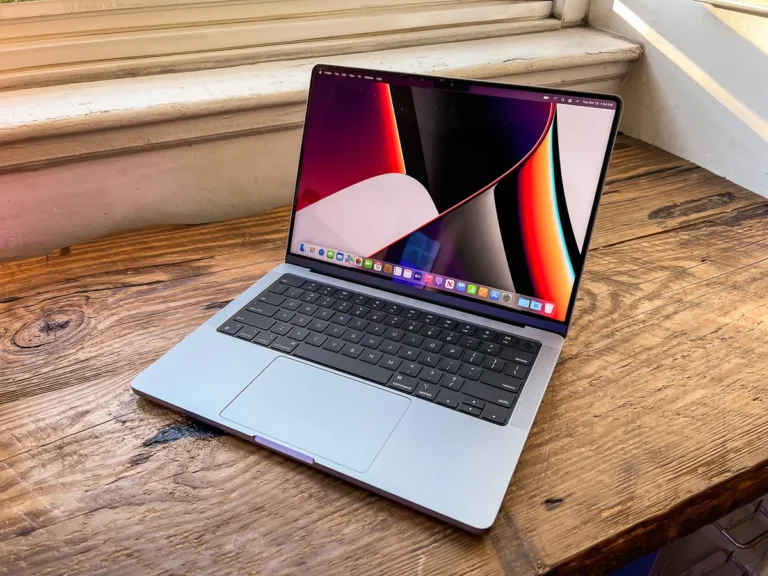The technological advancements in the computing industry have led to a significant transformation in processor design and performance. One such leap is Apple’s introduction of its custom ARM-based M1 chips. Among the many names associated with Apple’s silicon technology is Airoha ARM M1 for Mac, a chip design subsidiary of MediaTek, which has been rumored to play a role in ARM development. While Airoha’s direct involvement in Apple’s M1 chip may be speculative, its relevance in the ARM ecosystem is undeniable. This article explores the features, impact, and future implications of ARM-based processors like the M1 for Mac.
Introduction to ARM Architecture
Is Airoha ARM M1 for Mac (Advanced RISC Machine) architecture is a family of Reduced Instruction Set Computing (RISC) architectures for processors. Unlike traditional x86 architecture, ARM processors prioritize energy efficiency and performance per watt. This efficiency makes ARM architecture ideal for mobile devices, embedded systems, and now, desktop and laptop computers like Macs.
Apple’s M1 Chip: Redefining Performance
Launched in November 2020, the Apple M1 chip marked the beginning of Apple’s transition away from Intel processors. The M1 chip is built on ARM architecture, featuring a system-on-a-chip (SoC) design that integrates the CPU, GPU, RAM, and Neural Engine into a single unit.
Key Features of the M1 Chip:
- High Performance and Efficiency Cores:
- The M1 has four high-performance cores (Firestorm) and four high-efficiency cores (Icestorm), enabling optimal power management.
- Unified Memory Architecture (UMA):
- UMA allows the CPU, GPU, and Neural Engine to share the same memory pool, reducing latency and increasing data throughput.
- Neural Engine:
- A 16-core Neural Engine processes up to 11 trillion operations per second, accelerating machine learning tasks.
- Energy Efficiency:
- Thanks to its ARM foundation, the M1 delivers desktop-level performance while consuming significantly less power.

Is Airoha ARM M1 for Mac and ARM Development: What’s the Connection?
Is Airoha ARM M1 for Mac, a subsidiary of MediaTek, specializes in Bluetooth and wireless communication chipsets. While its direct involvement in Apple’s M1 chip design is unconfirmed, Airoha’s expertise in ARM technology could influence the broader ARM ecosystem. ARM’s licensing model allows companies like Apple, MediaTek, and Airoha to customize their processors, driving innovation across industries.
Advantages of ARM-Based Macs
The adoption of ARM architecture through the Is Airoha ARM M1 for Mac chip has introduced several advantages for Mac users:
- Performance Boost:
- The M1 chip outperforms many Intel-based counterparts in single-core and multi-core benchmarks, making it suitable for demanding tasks like video editing, software development, and gaming.
-
- Battery Life:
- ARM’s energy-efficient design extends the battery life of M1-powered Macs, allowing users to work for hours without recharging.
- App Ecosystem:
- The M1 chip’s compatibility with iOS apps expands the macOS app ecosystem, providing users with a wider range of software.
- Thermal Efficiency:
- With lower heat generation, M1 Macs operate quietly and maintain consistent performance without requiring large cooling systems.
Challenges and Limitations
While the M1 chip is a technological marvel, it does have some limitations:
- Software Compatibility:
- Some legacy applications designed for x86 architecture may not perform optimally on M1 Macs, despite the presence of Rosetta 2 translation technology.
- Expansion and Upgradability:
- The integration of components like RAM and storage into the SoC makes M1 Macs less upgradable compared to traditional systems.
- Limited External GPU (eGPU) Support:
- M1 Macs do not support external GPUs, which can be a drawback for users relying on high-performance graphics.
Impact on the Industry
Apple’s move to ARM-based processors has had a ripple effect across the tech industry:
- Encouraging Competition:
- Competing companies like Intel and AMD are now focusing on developing energy-efficient processors to rival ARM’s performance.
- Ecosystem Expansion:
- Developers are optimizing software for ARM architecture, leading to a richer ecosystem for applications and services.
- Influence on Other OEMs:
- Apple’s success with ARM has inspired other manufacturers to consider ARM-based designs for laptops and desktops.
Future of ARM-Based Computing
The success of the M1 chip sets the stage for future innovations in ARM-based computing. Apple’s subsequent releases, such as the M2 and M3 chips, promise even greater performance and efficiency. Meanwhile, companies like Airoha and MediaTek are likely to contribute to ARM’s evolution in areas like 5G connectivity, IoT, and AI processing.
Predicted Trends:
- Advanced AI Integration:
- Future ARM chips may include more powerful AI accelerators for tasks like natural language processing and image recognition.
- Greater Customization:
- Companies may leverage ARM’s flexible licensing to create specialized chips for niche markets.
- Enhanced Security:
- ARM-based systems will continue to prioritize security features, such as secure enclaves and encrypted memory.
Conclusion
The Is Airoha ARM M1 for Mac chip, while not a direct product of Airoha, highlights the potential of ARM architecture to revolutionize computing. Apple’s M1 chip has set a new standard for performance and efficiency, challenging traditional x86 processors and reshaping the industry. As ARM technology evolves, we can expect more breakthroughs in computing, connectivity, and artificial intelligence.
For Mac users, the M1 chip represents a new era of possibilities, blending power, efficiency, and innovation. Whether for professionals, creatives, or everyday users, the transition to ARM-based Macs is a glimpse into the future of computing.
